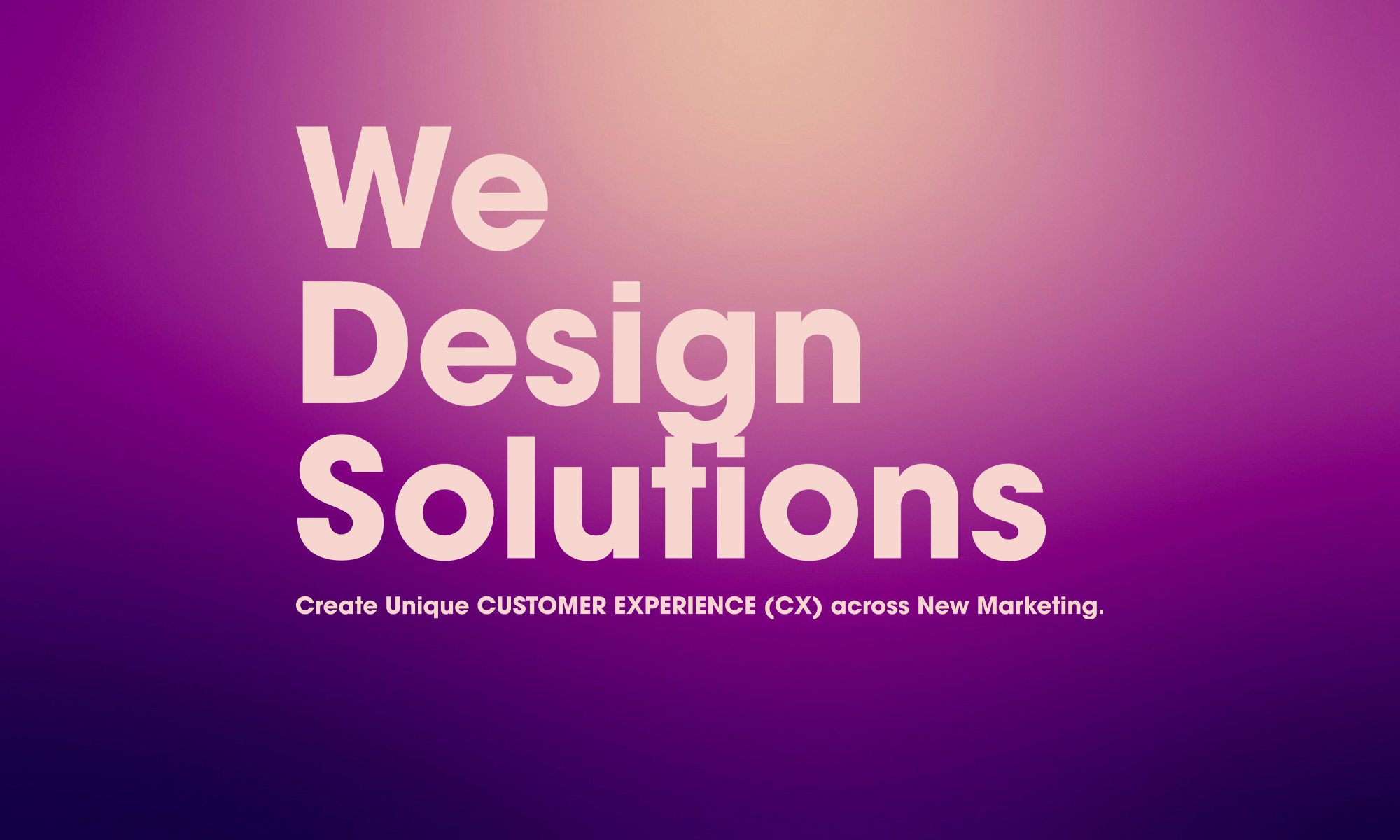
– Between Short-Term Ads and Long-Term Branding
In the previous post, we shared a case involving a major manufacturer’s social media initiative.
In the end, a flashy ad campaign was chosen, and the long-term branding strategy we proposed was set aside.
This outcome wasn’t simply a matter of which plan was better. Rather, it revealed a deeper misalignment in how each party defined “branding.”
🎯 The Distortion Caused by “Outcome Bias”
From a business standpoint, pursuing short-term results is entirely reasonable.
However, when immediate impact becomes the sole priority—as it did here—it often comes at the expense of long-term brand value, which requires time and consistency to cultivate.
Behind such decisions, we often find a knowledge gap among executives or biases rooted in past successes.
In earlier eras, it may have made sense to create buzz through mass media and drive sales in a linear funnel.
But today, users connect with brands through far more complex pathways, and relationships built on trust and empathy have become central to brand strength.
Still, if we continue to equate “branding” with “advertising,” we risk sidelining long-term perspectives in favor of short-term wins.
🔁 Shifting the Culture to Strike a Balance
So how can we bridge this gap in thinking?
One answer lies in reexamining corporate culture itself.
Short-term advertising and long-term brand building shouldn’t be seen as a binary choice—they must coexist.
To support this, we need to embed the mindset that “a brand is an asset, nurtured over time” as shared language across the organization.
Moreover, it’s crucial to create cross-functional spaces where a common definition of branding can be discussed—not only within marketing, but also with executives, sales, and beyond.
In those conversations, we need the courage to bring in value-based questions like: “Is this the right choice for the brand?”—not just “Will this hit our KPIs?”
How is it in your team?
These kinds of “misalignments” can happen in any organization.
That’s why taking the time to align perspectives early on—and creating a culture where open dialogue is possible when gaps arise—is so important.
How do you balance short- and long-term priorities in your team?
When you sense a disconnect with leadership, how do you bridge the gap?
In the next post, we’ll explore the structural causes of these “misalignments” through another case study. (To be continued)
